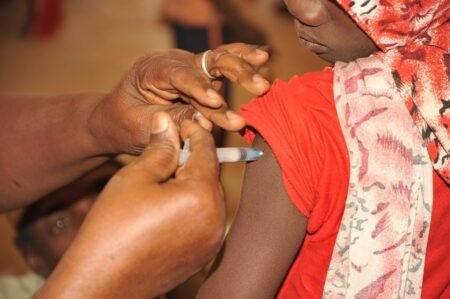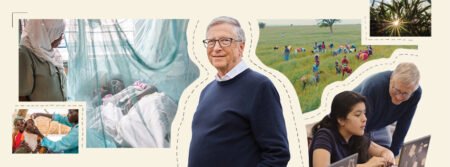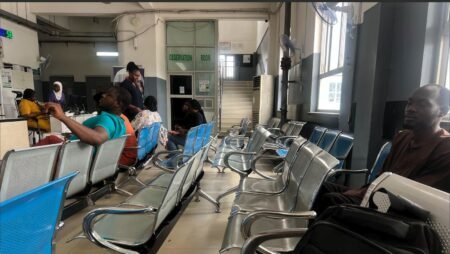The Nigeria Centre for Disease Control and Prevention (NCDC) has reported a higher case fatality rate (CFR) from Lassa fever in 2025 compared to the same period last year, despite a slight decline in overall confirmed cases.
In its latest situation report covering epidemiological week 35, the agency said 162 deaths have been recorded in 2025, representing a CFR of 18.6 per cent.

This is higher than the 17.1 per cent recorded within the same period in 2024.
Eight hundred seventy-one confirmed cases have also been reported this year, lower than the 982 cases recorded within the same period in 2024.
However, suspected and probable cases remain widespread, with 7,375 suspected infections logged across 21 states and 106 local government areas (LGAs) in 2025.
Current week trend
The report shows that in week 35 of 2025, the number of new confirmed cases rose to 10, compared to three recorded in the previous week.

These new infections were reported in Edo, Ondo, Bauchi, and Taraba States.
The report added that no new health worker infection was recorded during the week.
According to the NCDC, 91 per cent of all confirmed cases this year came from just five states: Ondo (33 per cent), Bauchi (23 per cent), Edo (18 per cent), Taraba (14 per cent), and Ebonyi (three per cent).
The remaining 16 states accounted for only nine per cent of cases.
The most affected age group remains young adults aged 21 to 30, with a median age of 30. The male-to-female ratio for confirmed cases is 1:0.8.
Ongoing response efforts
The NCDC said it has sustained a multi-partner response to contain the outbreak, deploying rapid response teams to affected states and activating the Lassa fever Incident Management System at the National Public Health Emergency Operations Centre.
Confirmed cases are being managed at designated centres, while health workers have been trained in case management, infection prevention and control, and psychosocial support.
The agency added that laboratory capacity has been strengthened and essential supplies such as ribavirin and protective equipment stockpiled.
It also noted that risk communication remains central to the response, with public advisories issued nationwide and sensitisation campaigns underway in hotspot communities to improve awareness and health-seeking behaviour.

Challenges
Despite these measures, the NCDC acknowledged that several obstacles continue to undermine control efforts.
Many patients present late for treatment, which has contributed significantly to the high fatality rate.
Poor health-seeking behaviour, often linked to the cost of care, remains another challenge.
Weak environmental sanitation in high-burden communities has also played a role in sustaining transmission, while levels of awareness about preventive measures remain low among residents in the worst-affected areas.
Next steps
Looking ahead, the agency said it is working with partners to launch a five-year Lassa Fever Strategic Plan covering 2025 to 2029.
It also intends to support treatment centres with improved equipment and train at least 80% of clinical staff at designated facilities.
READ ALSO: PT Health Watch: What to know about pregnancy rhinitis
The NCDC urged states to strengthen community engagement throughout the year and called on health workers to maintain a high index of suspicion for the disease to ensure early diagnosis and timely treatment.
Lassa fever
Lassa fever is an acute viral haemorrhagic illness caused by the Lassa virus, which is transmitted to humans primarily through contact with food or household items contaminated by the urine or faeces of infected rats.
It can also spread from person to person through contact with bodily fluids.
The disease often begins with fever, weakness, and headache, and may progress to more severe symptoms such as bleeding, difficulty breathing, swelling, and organ failure.
Early diagnosis and prompt treatment with Ribavirin are critical for improving survival.
Read the full article here















